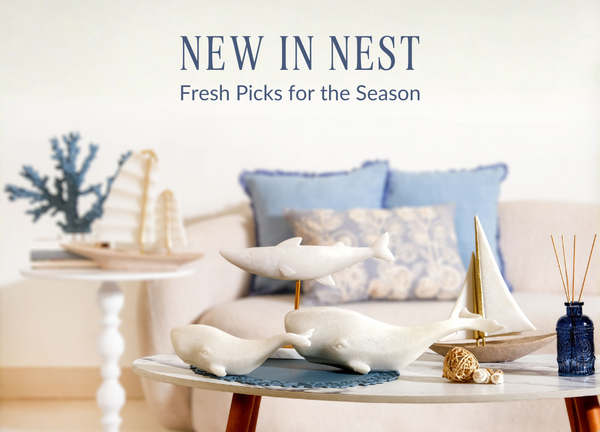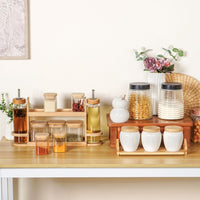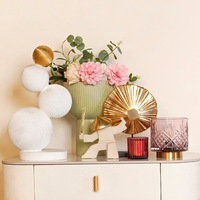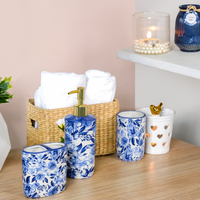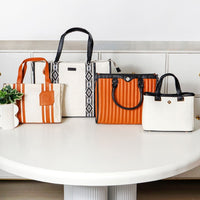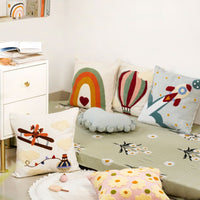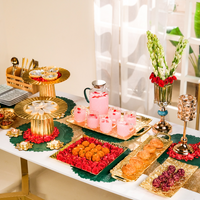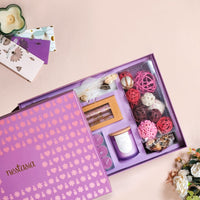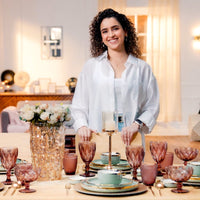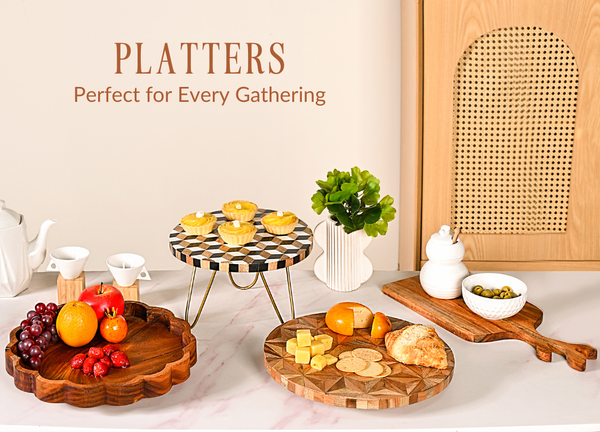Maximalism in home decor is a vibrant celebration of abundance, colour, and personality. It’s a design philosophy that flips the minimalist mantra, embracing the idea that "more is more." However, contrary to what some might think, successful maximalism isn't about haphazardly filling a space with items. It requires careful planning and a keen eye for balance and harmony. Here’s a guide to understanding and implementing the strategy behind maximalism in your home.

What Is Maximalism?
Maximalism is about expressing your unique personality through rich colour, texture, and pattern layers. It’s about creating lively, eclectic spaces that are full of character. This doesn’t mean clutter or chaos; instead, it involves curating a collection of items that tell a story and evoke emotion. The key to maximalism is embracing abundance while maintaining a sense of cohesion.
The Strategy Behind Maximalism
1. Strong Foundation
Begin with a solid base that grounds the room. This could be a bold colour on the walls, a striking piece of furniture, or a large rug that anchors the space. This foundational element sets the tone for the room and provides a starting point for layering additional elements.
2. Curate A Collection
Maximalism thrives on collections. Whether it’s art, books, vintage finds, or travel souvenirs, display your collections thoughtfully. Group similar items together to create a sense of unity and avoid a scattered look. Use shelves, mantels, and walls to showcase your treasures in an organized yet abundant way.
3. Layer Textures and Patterns
One of the hallmarks of maximalism is the use of multiple textures and patterns. Don’t be afraid to mix florals with stripes, or velvet with silk. The key is to find a common thread, such as a colour palette, that ties the different elements together. Layering different textures and patterns adds depth and richness to the space.

4. Bold Colours and Contrasts
Maximalism embraces bold colours and dramatic contrasts. Choose a vibrant colour scheme and don’t shy away from mixing hues that pop. Balance bright colours with darker, more subdued tones to create a dynamic yet harmonious look.
5. Incorporate Statement Pieces
Statement pieces are essential in maximalist design. Whether it’s a large piece of art, an ornate chandelier, or a unique piece of furniture, let these items shine and become focal points in the room. They add drama and personality, elevating the overall aesthetic.
6. Avoid Visual Clutter
While maximalism celebrates abundance, it’s important to distinguish between curated collections and clutter. Be mindful of overloading surfaces with too many items. Regularly edit your decor to ensure that each piece adds value and doesn’t contribute to visual chaos.
Using Maximalism In Different Rooms
1. Living Room
Use a mix of bold patterns on upholstery, vibrant artwork, and a variety of textures on pillows and throws. Create a gallery wall with an eclectic mix of frames and art pieces.
2. Bedroom
Incorporate a rich colour palette with layered bedding, patterned rugs, bed covers, and a mix of vintage and modern furniture. Add personal touches with framed photos and unique accessories.
3. Kitchen
Display open shelves with colourful dishware, bakeware, cookbooks, and decorative items. Use patterned tiles or wallpaper to add visual interest.
4. Bathroom
Opt for bold wallpaper, luxurious textiles, and ornate mirrors. Add plants and decorative accessories to create a lush, inviting space.
Conclusion
Maximalism is not just about filling a room with as many items as possible; it’s a thoughtful approach to creating spaces that are rich, layered, and full of personality. By starting with a strong foundation, curating collections, layering textures and patterns, and incorporating personal touches, you can master the art of maximalism in your home.
Also visit: https://nestasia.in/collections/dopamine
